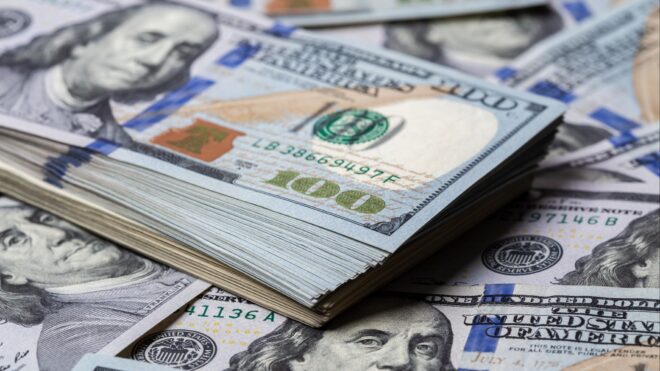If you live in America, it’s almost a foregone conclusion that you’re acquainted with the Budweiser Clydesdales.
These big, beautiful horses have been the champions of America’s most famous brewery for more than 70 years, and they put in charming, heartwarming appearances all the time.
From their annual showing during the Super Bowl ad slots to this sweet bucket list meeting for an elderly woman in a nursing home, the Budweiser Clydesdales are a warm, compassionate, and noble symbol of this country.
But do you know the fascinating history behind our nation’s favorite horses?
The big horses were originally bred in the eponymous Clydesdale region of Scotland to pull heavy loads. How they ended up crossing the pond is a fascinating meditation on the American dream.
We’ll give you a hint: It all started with an enterprising family from Germany, Prohibition, and the White House.
Scroll through the gallery below to learn the full history behind these beloved horses!

The story of the Budweiser Clydesdales started back in 1933.
When Franklin Delano Roosevelt repealed Prohibition, the near-decade ban on alcohol was lifted, and Anheuser-Busch, today the largest brewing company in the world, celebrated by premiering their beautiful new horse team.
The horses were given as a celebratory gift to August Anheuser-Busch by his son, and were sent across the country, ending their tour by bringing a case of beer to FDR at the White House.
From that moment on, Clydesdales were a powerful symbol linked strongly to the brand.

Interestingly, these horses ended up becoming a potent symbol of America for slightly arbitrary reasons.
Clydesdales were originally bred as draught horses in the Clydesdale region of Scotland, where they were prized for their beauty and for their incredible strength.
Standing 16 to 18 hands, these horses can weigh over a ton, but are well known for being "gentle giants."
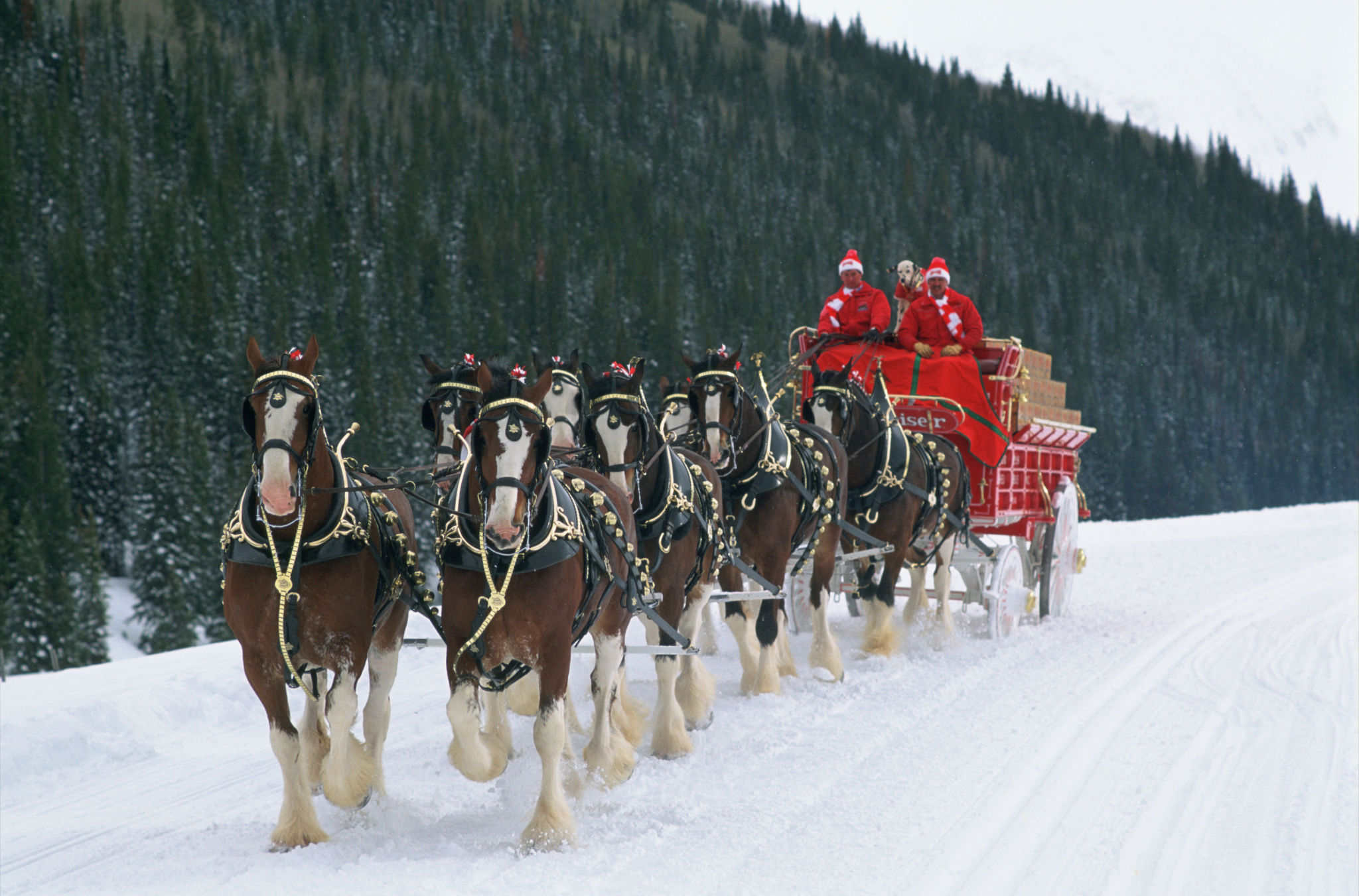
August Anheuser-Busch Jr. chose the massive horses as a gift for his father, August Anheuser-Busch Sr., because the horses had become a powerful symbol of strength and perseverance.
This was especially true among Scottish farmers who had immigrated to Canada and America and brought their powerful draught horses with them.
It was a fitting symbol for the brewery, which had buckled down during Prohibition to produce non-alcoholic beer, but bounced back after the law was repealed in 1933.
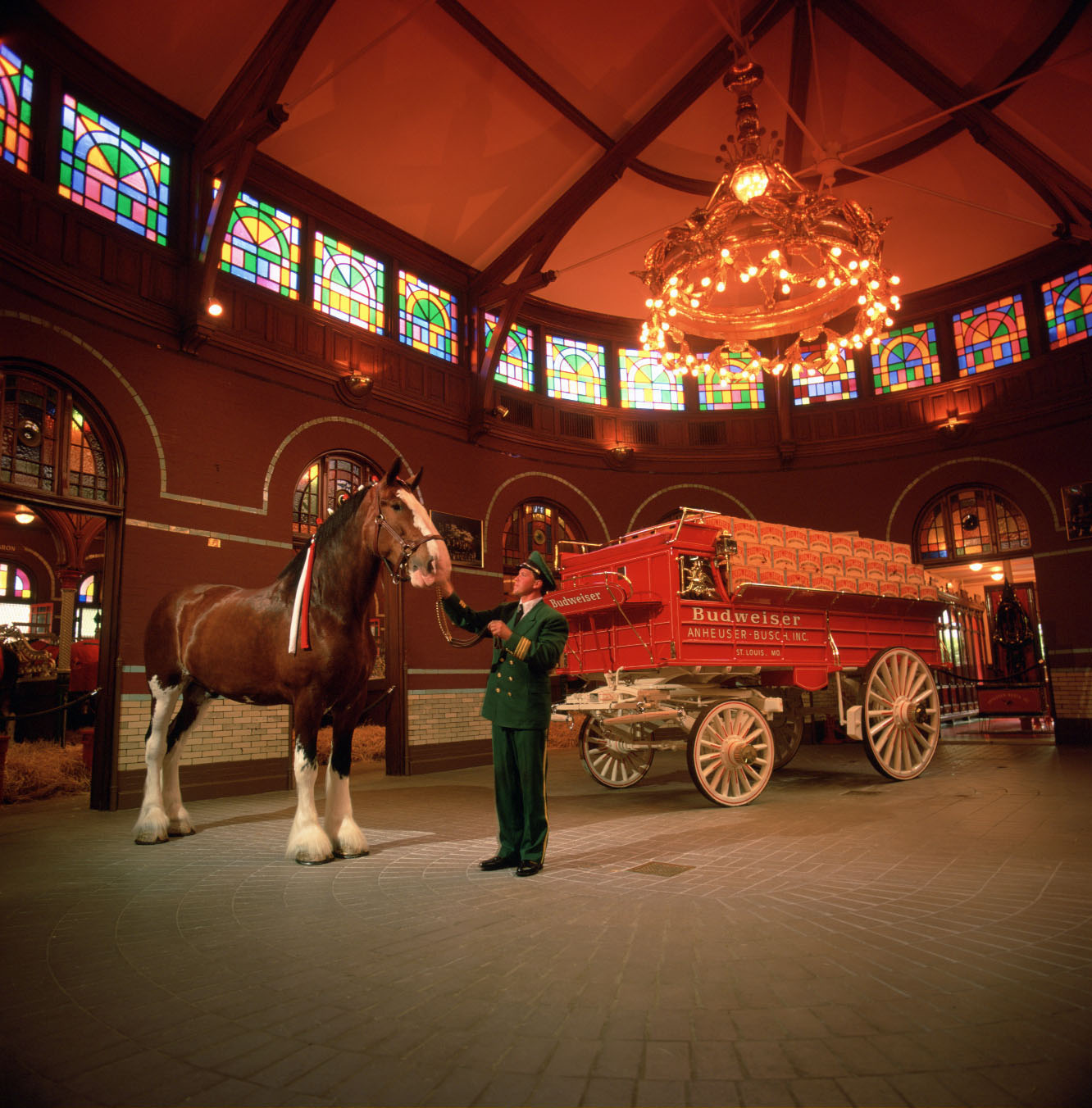
In fact, the company soared to greater heights than ever before after Prohibition was repealed.
It was originally started by a pair of German immigrants to Missouri, Anheuser and Busch, who had come to America in the 1840s.
Busch married Anheuser's daughter, creating the Anheuser-Busch name, but the family named their beer Budweiser to appeal to Germans, without being too difficult for Americans to pronounce, according to the Budweiser history.

As Budweiser became more and more popular after the end of Prohibition, August's iconic Clydesdales became synonymous with the brand.
As a marketing ploy for the beer brand, they were unrivaled.
In an era before viral marketing, the Clydesdales were one of the first out-of-the-box advertising sensations, as they traveled across country to deliver beer in custom-made, turn-of-the-century beer wagons.
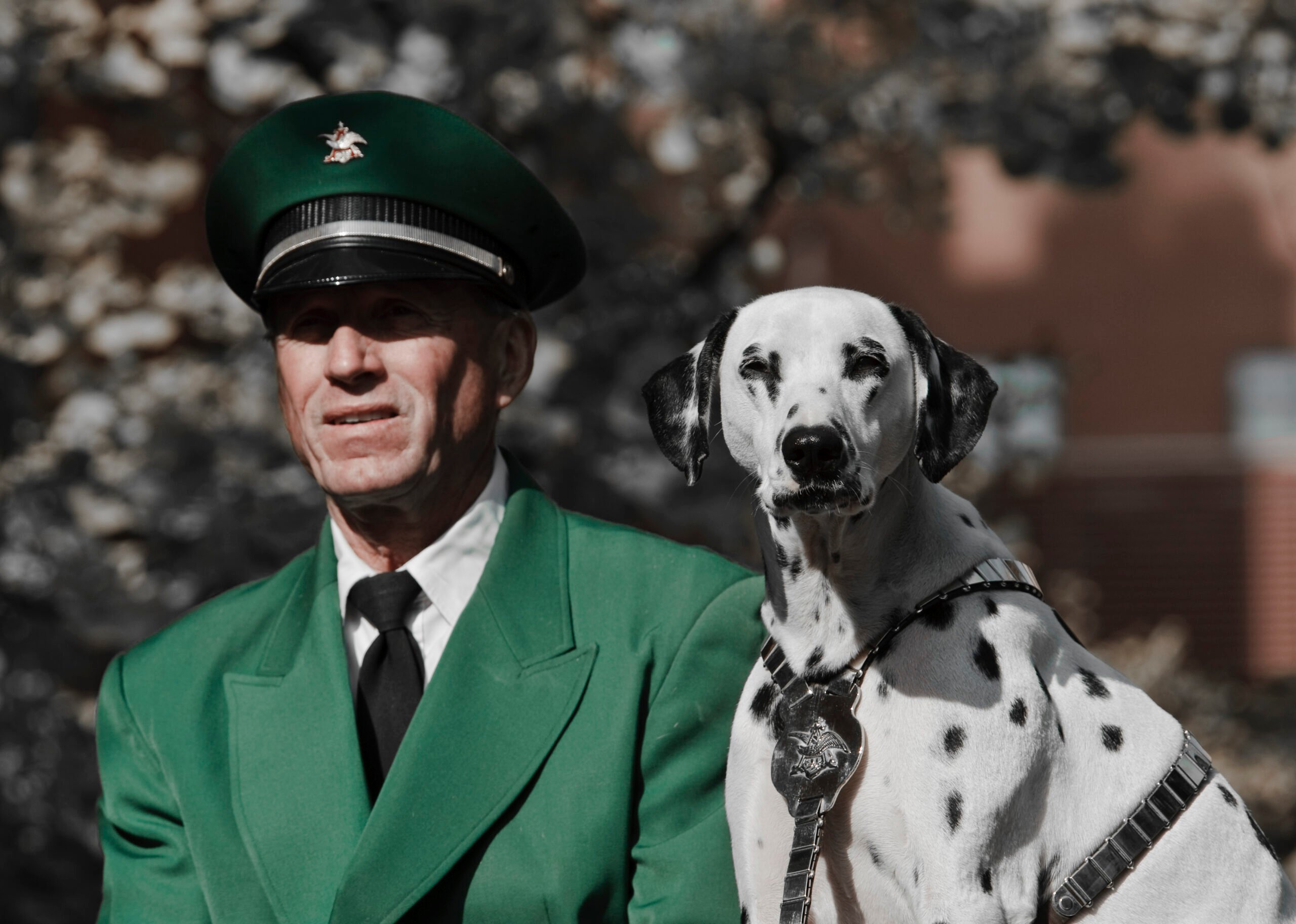
In the 1950s, the horses even received their first-ever mascot, a Dalmatian dog.
These black-and-white, spotted dogs are best known for their associations with guiding old-fashioned fire wagons through low-visibility while keeping the horses calm.
For similar reasons, they make good companions to the Clydesdales, as they can keep up with the pace of the horses, and keep the team calm and functioning well as a unit.

Today, there are three Clydesdale "hitches," or teams, traveling around the country.
The Western hitch is based in Colorado, the Eastern hitch is in New Hampshire, and one additional hitch stays at the birthplace of the brand in St. Louis, Missouri.
Budweiser horses that aren't part of a hitch live on the company's two farms, Grant's Farm and Warm Spring's Ranch, both in Missouri.
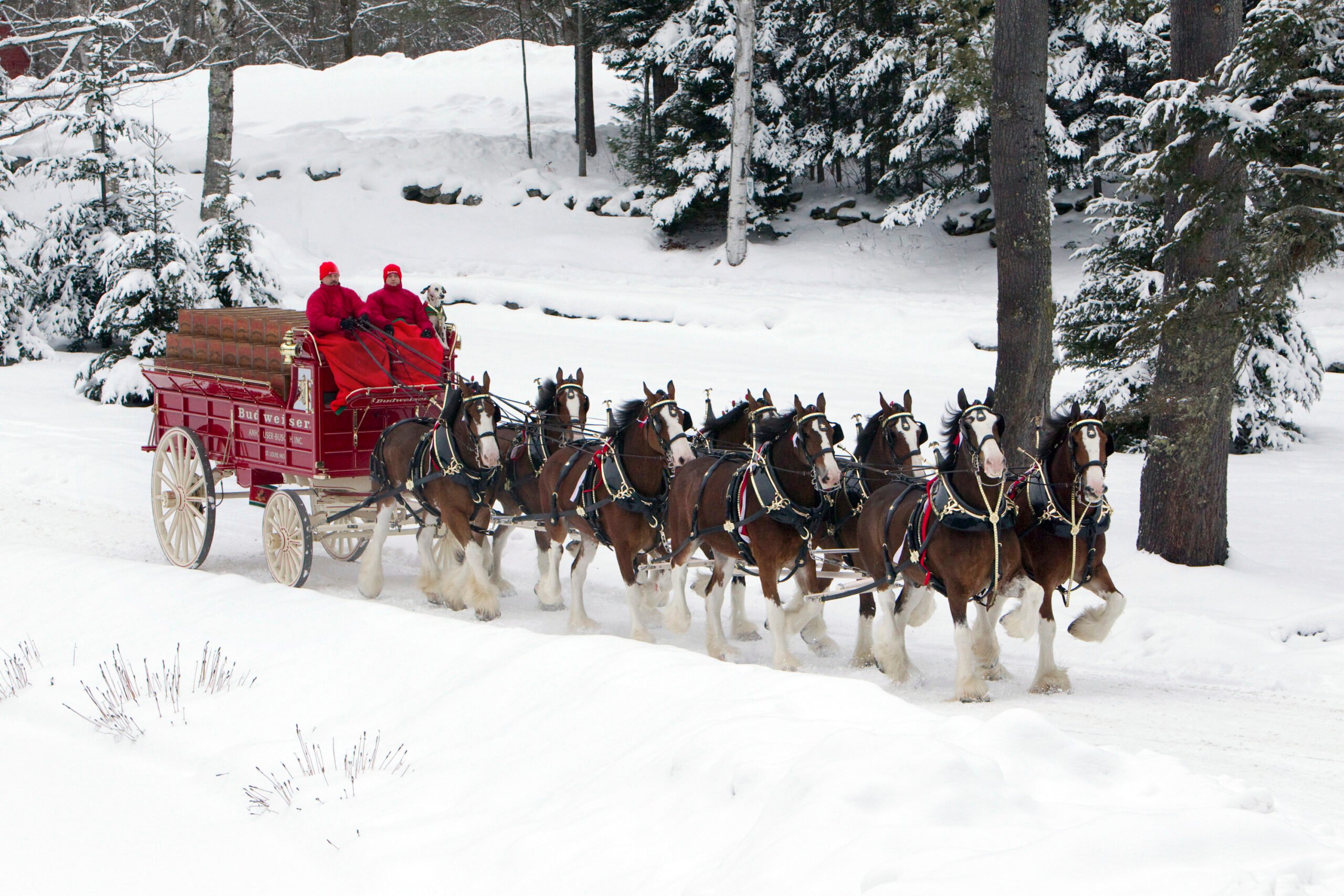
To this day, a Dalmatian dog travels with each of the three teams, seated next to the drivers.
Meanwhile, the fame and publicity of the iconic horses has only grown.
In 1987, they began to appear in Super Bowl commercials. That tradition is still going strong today, and the rest, as they say, is history.
If you love these incredible horses as much as we do, make sure to SHARE with friends and family on Facebook!

